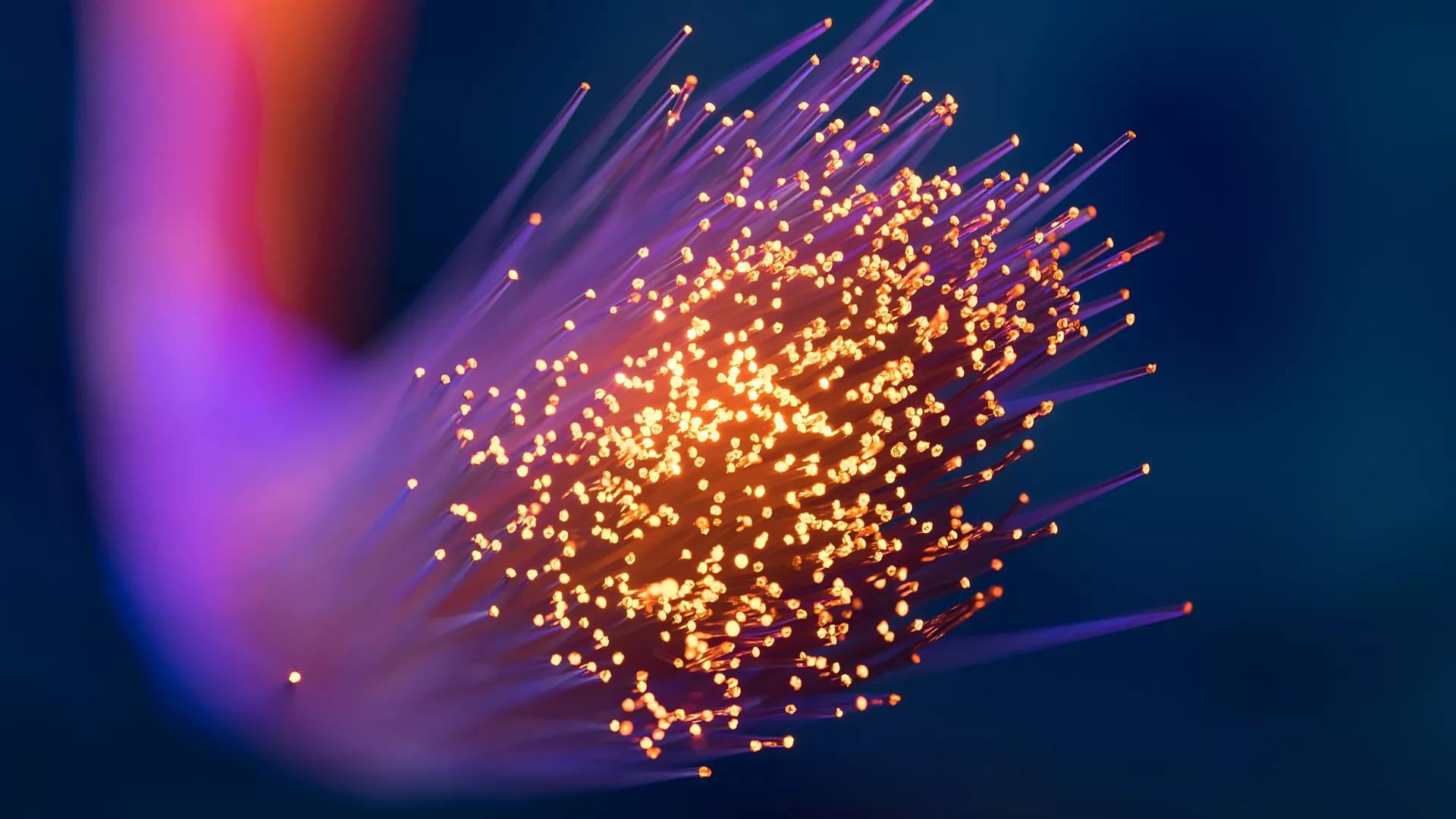THz frequencies offer enormous amounts of bandwidth, which could solve the current speed bottleneck for next-generation wireless communications. Recent reports show sub-THz links offering capacities of hundreds of Gbit/s, finally approaching those of state-of-the-art optical transmission channels. Non-etheless, generation, transport, detection and processing of signals in the THz range is far from being a trivial task. Even though the recent evolution of integrated technology is starting to indicate that chip-scale THz technology could gradually close the so-called “THz gap,” much work still needs to be done to enable functional systems, in particular in terms of efficiency. Photonics can be of help, thanks to its extremely low loss and broad bandwidth. Yet, a particularly critical aspect hindering the deployment of THz technology is that state-of-the-art photonics devices generally do not offer sufficient electro-optical bandwidth to process THz signals. Plasmonics, by focusing electromagnetic surface waves at sub-wavelength scales, can play a key role in this quest, as it finally enables the realization of electro-optical devices such as modulators and detectors displaying sufficient compactness and speeds to reach the THz range. This paper overviews recent achievements on plasmonic-based modulators displaying characteristics of speed, efficiency and linearity that enable high-performance access to this much desired frequency range.
Multi-photon microscopy has played a significant role in biological imaging since it allows to observe living tissues with improved penetration depth and excellent sectioning effect. Multi-photon microscopy relies on multi-photon absorption, enabling the use of different imaging modalities that strongly depends on the properties of the sample structure, the selected fluorophore and the excitation laser. However, versatile and tunable laser excitation for multi-photon absorption is still a challenge, limited by e.g. the narrow bandwidth of typical laser gain medium or by the tunability of wavelength conversion offered by optical parametric oscillators or amplifiers. As an alternative, supercontinuum generation can provide broadband excitations spanning from the ultra-violet to far infrared domains and integrating numerous fluorophore absorption peaks, in turn enabling different imaging modalities or potential multiplexed spectroscopy. Here, we report on the use of machine learning to optimize the spectro-temporal properties of supercontinuum generation in order to selectively enhance multi-photon excitation signals compatible with a variety of fluorophores (or modalities) for multi-photon microscopy. Specifically, we numerically explore how the use of reconfigurable (femtosecond) pulse patterns can be readily exploited to control the nonlinear propagation dynamics and associated spectral broadening occurring in a highly-nonlinear fiber. In this framework, we show that the use of multiple pulses to seed optical fiber propagation can trigger a variety of nonlinear interactions and complex propagation scenarios. This approach, exploiting the temporal dimension as an extended degree of freedom, is used to maximize typical multi-photon excitations at selected wavelengths, here obtained in a versatile and reconfigurable manner suitable for imaging applications. We expect these results to pave the way towards on-demand and real time supercontinuum shaping, with further multi-photon microscopy improvements in terms of spatial 3D resolution, optical toxicity, and wavelength selectivity.




